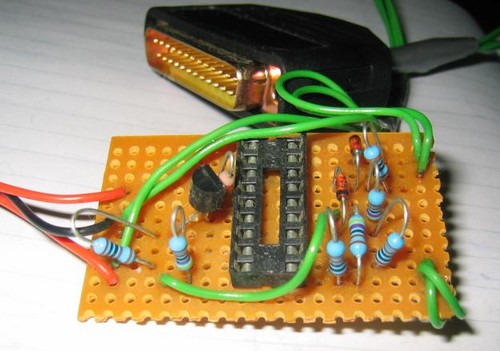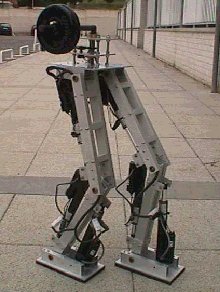Five new single-stage power factor correction (PFC) techniques are developed for single-phase applications. These converters are: Integrated single-stage PFC converters, voltage source charge pump power factor correction (VS-CPPFC) converters, current source CPPFC converters, combined voltage source current source (VSCS) CPPFC converters, and continuous input current (CIC) CPPFC converters.
Integrated single-stage PFC converters are first developed, which combine the PFC converter with a DC/DC converter into a single-stage converter. DC bus voltage stress at light load for the single-stage PFC converters are analyzed. DC bus voltage feedback concept is proposed to reduce the DC bus voltage stress at light load. The principle of operations of proposed converters are presented, implemented and evaluated. The experimental results verify the theoretical analysis.
VS-CPPFC technique use a capacitor in series with a high frequency voltage source to achieve the PFC function. In this way, the input inductor is eliminated. VS-CPPFC AC/DC converters are developed, and their performance is evaluated. VS-CPPFC electronic ballasts with and without dimming function are also presented. The average lamp current control with duty ratio modulation is developed so that the lamp operates in constant power with a low crest factor over the line variation. The experimental results verify the CPPFC concept.
CS-CPPFC technique employs a capacitor in parallel with a high frequency current source to obtain the PFC function. The unity power factor condition and principle of operation are analyzed. By doing so, the switch has less switching current stress, and deals only with the resonant inductor current. Design considerations and experimental results of the CS-CPPFC electronic ballast are presented.
VSCS-CPPFC technique integrates the VS-CPPFC with the CS-CPPFC converters. The circuit derivation, unity power factor condition and design considerations are presented. The developed VSCS-CPPFC converters has constant lamp operation, low crest factor with a high power factor even without any feedback control.
CIC-CPPFC technique is developed by inserting a small inductor in series with the line rectifier for the conceptual VS-CPPFC, CS-CPPFC and VSCS-CPPFC circuits. The circuit derivation and its unity power factor condition are discussed. The input current can be designed to be continuous, and a small line input filter can be used. The circulating current in the resonant tank and the switching current stress are minimized. The average lamp current control with switching frequency modulation is developed, so the developed electronic ballast operates in constant power, low crest factor. The developed CIC-CPPFC electronic ballast has features of low line input current harmonics, constant lamp power, low crest factor, continuous input current, low DC bus voltage stress, small circulating current and switching current stress over a wide range of line input voltage.
For Full Thesis Download:
Power Factor Correction Techniques.pdf






















